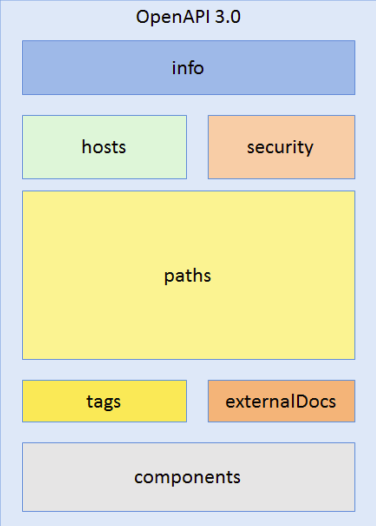Swagger Consist of Three Parts
- swagger-editor– Helps in editing yml file as per Open API Specification
- swagger-ui– dist folder helps in circulating API documentation
- swagger-codegen
Installing Swagger in Local
Swagger needs http-server. We would use node http-server. We should navigate to the swagger editor folder and start the http-server.
>>npm install -g http-server
>>npm install
>>http-server swagger-editor -a 127.0.0.1 -p 8090
>>http-server swagger-ui -a 127.0.0.1 -p 8091
For the API Documentation we can copy and ship the dist folder in swagger-ui folder. We would have already placed the yaml file which we have created in swagger-editor in swagger-ui folder. Now we should edit the index.html file in swagger-ui folder as below to point to out yml file
index.html
.
.
window.onload = function() {
// Begin Swagger UI call region
const ui = SwaggerUIBundle({
url: "EmpMgmt.yaml",
dom_id: '#swagger-ui',
deepLinking: true,
.
.
Presuming the project has Documentation in api-docs folder we can now start the server as below
>>D:\Projects\workspace\EmpMgmt> http-server api-docs -a 127.0.0.1 -p 8091
Refernce for OpenAPI Specification
https://github.com/OAI/OpenAPI-Specification/tree/main/versions
